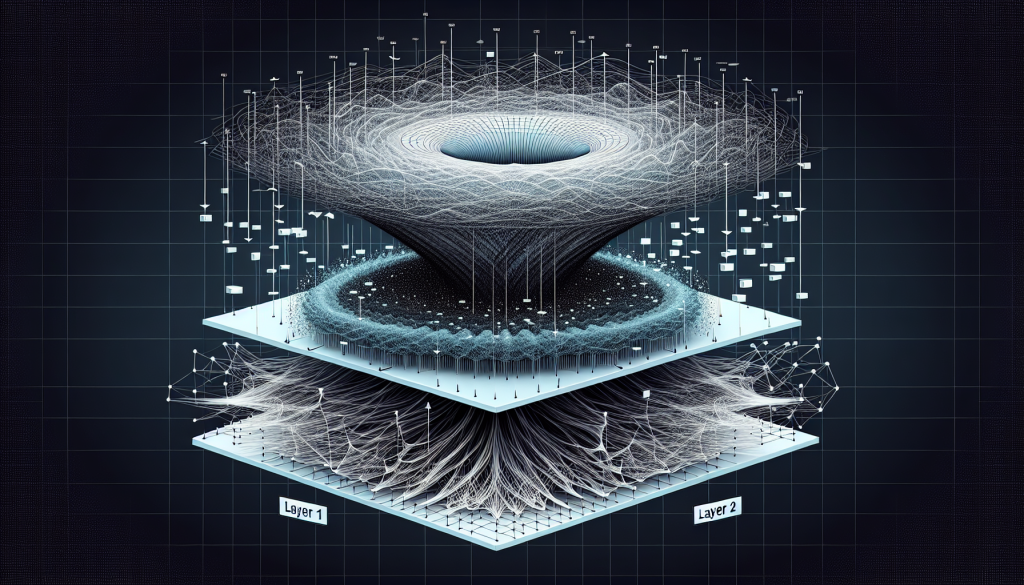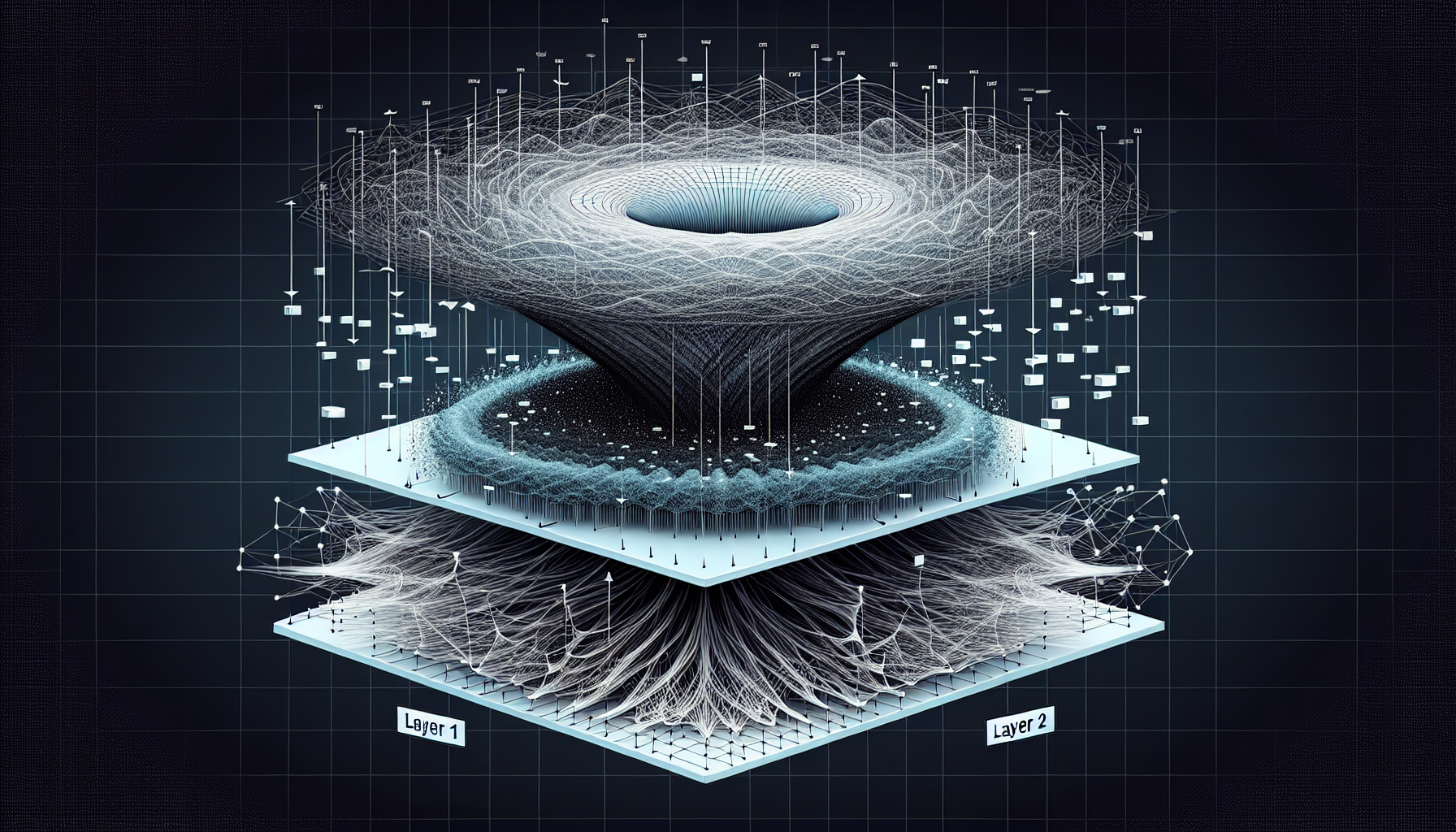/ Dec 01, 2025
Trending


In the rapidly evolving landscape of blockchain technology, Layer 2 solutions are more critical than ever. As users and developers seek platforms that offer scalability without compromising security, the recent developments in Polygon 2.0 have captured significant attention. This article delves into how Polygon 2.0 is setting new standards in blockchain scalability and efficiency, marking its distinction among lesser-known networks beyond Ethereum and Bitcoin.
Polygon, formerly known as Matic Network, has positioned itself as a leading Layer 2 scaling solution for Ethereum. It enhances the Ethereum network by providing faster transaction speeds and lower costs, which are essential for addressing its scalability issues. Polygon facilitates a multi-chain Ethereum ecosystem, which stands in stark contrast to the single-chain approach that has long dominated the scene.
Polygon’s evolution from the Matic Network to Polygon 2.0 signifies a broader vision to become the “Internet of Blockchains.” This transformation involves integrating various scaling mechanisms like zk-rollups, optimistic rollups, and standalone chains. Polygon 2.0 aims to create a cohesive framework where developers can easily deploy chains that are seamlessly interoperable while maintaining Ethereum’s security standards.
Polygon 2.0 introduces a host of new features aimed at enhancing scalability and user experience:
Polygon 2.0 incorporates zkEVM (Zero-Knowledge Ethereum Virtual Machine) to improve transaction throughput. This innovative integration allows for private transactions and enhances data privacy, addressing a key challenge in today’s blockchain operations.
One of the standout features of Polygon 2.0 is its emphasis on interoperability. By enabling seamless connections between various blockchains, Polygon eliminates the silos often seen in decentralized applications. This interoperability fosters a more integrated and user-friendly experience, catalyzing further innovation in DeFi and NFT spaces.
Polygon 2.0 introduces a more decentralized governance model, empowering the community to make decisions about network upgrades and developments. This initiative not only democratizes decision-making but also ensures that the network can adapt rapidly to market needs while staying secure.
The launch of Polygon 2.0 comes at a crucial time when the blockchain industry is observing a shift towards more efficient and scalable solutions. Layer 2 networks are gaining traction as they enable higher transaction volumes without the exorbitant fees seen on Layer 1 blockchains.
DeFi and NFTs are burgeoning sectors within blockchain, and their success hinges on network efficiency. Polygon 2.0’s scalable infrastructure and low transaction costs can facilitate the growth of DeFi applications and NFT marketplaces by making them more accessible to a broader audience.
While Polygon 2.0 is a significant stride forward, it operates in a competitive landscape. Solutions like Arbitrum and Optimism also provide Layer 2 solutions for Ethereum. However, Polygon distinguishes itself with its multi-chain approach and commitment to interoperability. Collaborative efforts across various blockchain projects could further enhance the network’s capabilities.
As with any significant technological advancement, regulatory considerations must not be overlooked. Polygon 2.0’s developments come amid increasing scrutiny over blockchain technologies worldwide. Ensuring compliance with global regulations while promoting innovation will be a delicate balancing act that Polygon and similar networks must navigate.
Polygon 2.0 represents a transformative phase in the blockchain sector, providing a robust solution to some of the industry’s most pressing problems. Its focus on scalability, interoperability, and decentralization positions it as a leader among Layer 2 solutions. As the network continues to evolve, it will be instrumental in shaping the future of decentralized applications, influencing sectors ranging from finance to digital art.
For developers and investors alike, staying informed about such advancements is crucial. Polygon 2.0 not only brings promise but also sets a precedent for future innovations in the blockchain space, making it an exciting time to engage with and observe the ongoing developments within this dynamic industry.
Stay ahead with Blockchainooz! Get daily updates on industry insights, market trends, and innovative blockchain technology—all in one place. Perfect for enthusiasts and investors looking to make informed decisions in the ever-evolving world of blockchain and crypto.